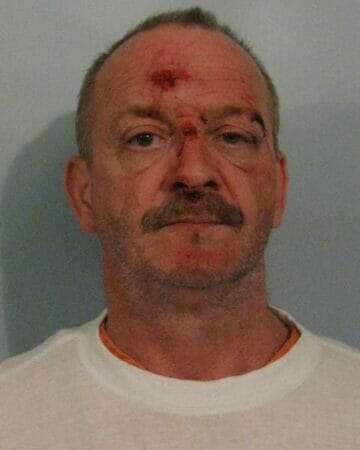
Michael Overstreet was sentenced to death by the State of Indiana for the sexual assault and murder of a college student. According to court documents Michael Overstreet would abduct the victim, sexually assault her and then murder her by wrapping a shoe string around her throat and shooting her in the head. Michael Overstreet was arrested, convicted and sentenced to death. Michael Overstreet has been declared incompetent meaning he will not be executed.
Michael Overstreet 2021 Information
| DOC Number | 993801 |
| First Name | MICHAEL |
| Middle Name | D |
| Last Name | OVERSTREET |
| Suffix | |
| Date of Birth | 11/18/1966 |
| Gender | Male |
| Race | White |
| Facility/Location | Indiana State Prison |
| Earliest Possible Release Date * *Offenders scheduled for release on a Monday, Tuesday or Wednesday are released on Monday. Offenders scheduled for release on a Thursday, Friday, Saturday or Sunday are released on Thursday. Offenders whose release date falls on a Holiday are released on the first working day prior to the Holiday. | 00 |
Michael Overstreet More News
The state will not appeal a judge’s decision that Michael Dean Overstreet – who was convicted of the 1997 abduction, rape and murder of a Franklin College student – is incompetent to be executed.
Overstreet was sentenced to death in 2000 in the death of 18-year-old Kelly Eckart. But last month St. Joseph Superior Judge Jane Woodward Miller ruled that Overstreet’s hallucinations and delusions would prevent him from understanding the execution.
The Indiana attorney general’s office said in a statement Tuesday that an appeal of that ruling “is unlikely to succeed.” The office said that Miller’s ruling, which was based in part on testimony from four psychiatrists, “is likely to be considered reasonable” and won’t be overturned.
That means Overstreet will remain on death row but can’t be executed unless a judge finds that he is competent.
“My office has defended the conviction obtained by the prosecutor for the past 14 years during multiple appeals and will continue to faithfully defend the jury’s verdict and death sentence,” Indiana Attorney General Greg Zoeller said in a statement.
“My decision was based on the conclusion that Judge Miller’s determination of incompetency was done in a manner as set out by the United States Supreme Court that did not provide adequate grounds for appeal,” he said.
Overstreet has spent the last 14 years on death row for the murder and rape of Eckart, whom he strangled by a shoestring and a strap from her overalls. Eckart was also shot once in the head.
In a 2007 decision in another case, the U.S. Supreme Court reaffirmed that death row inmates who are mentally ill cannot be executed if they cannot rationally understand why they are being executed and what execution means.
The attorney general’s office can petition the trial court to reconsider Overstreet’s competency when and if his mental state improves enough for him to be executed.
https://www.wfyi.org/news/articles/indiana-wont-appeal-overstreet-execution-ruling





